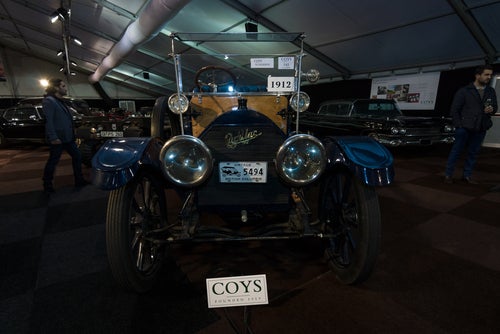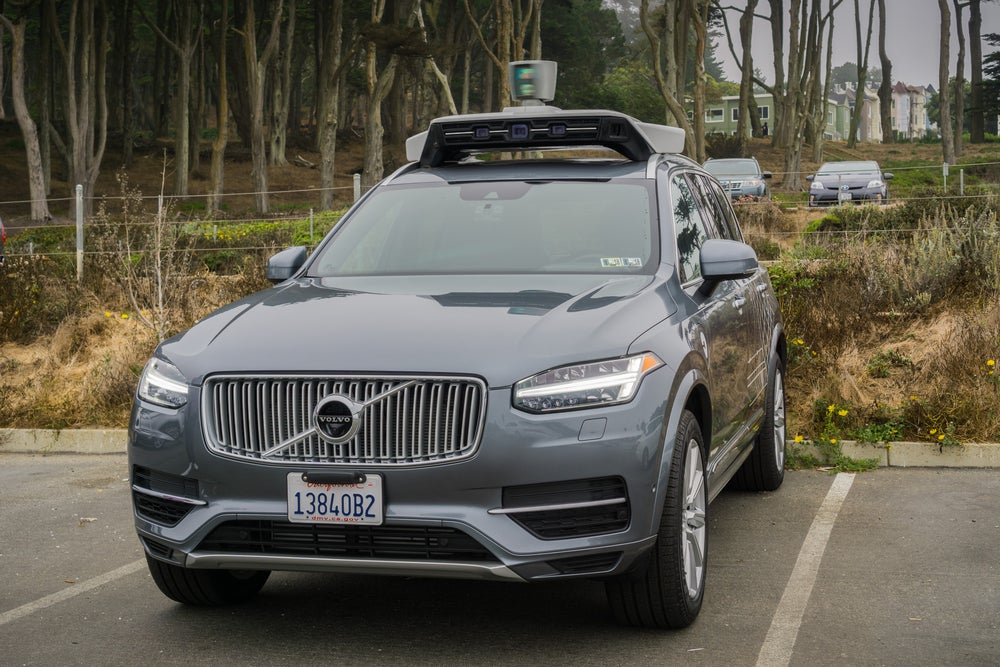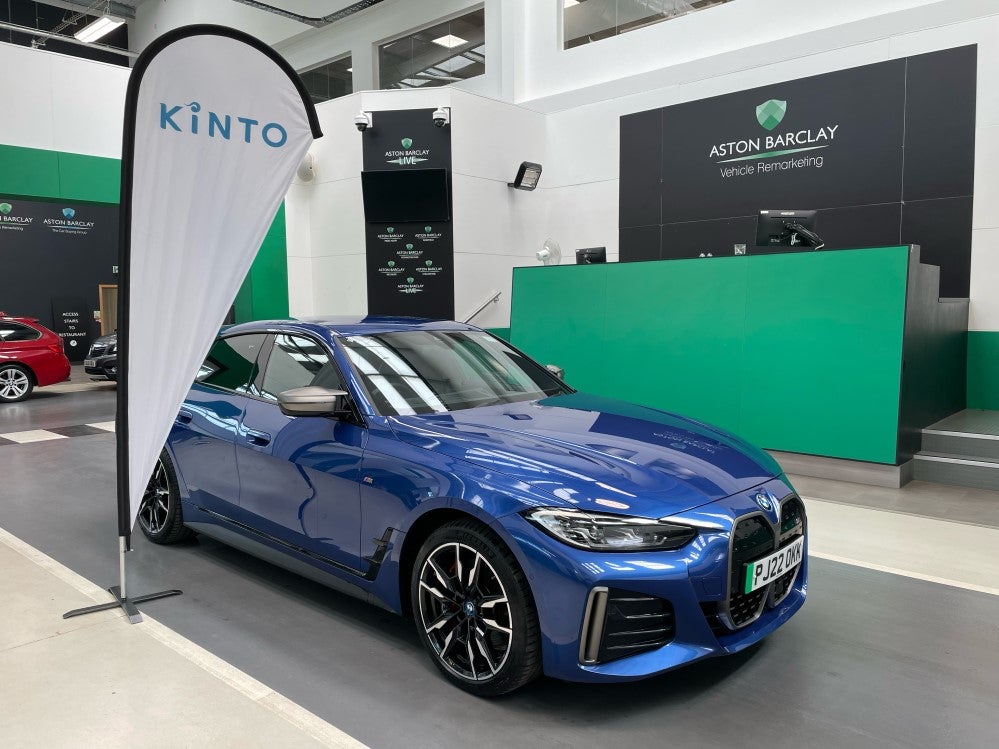
The first commercially available car hit the roads in 1908 when Ford released the Model T, and over the next 114 years, car ownership has become more common than ever before. In fact, in the UK alone, there were 33.1 million cars licensed by the end of March 2022. This insight is from Jardine Motors.
Not only have the looks of the cars evolved over time, but the technology inside them has become a lot more sophisticated. This, in turn, has improved the quality of life behind the wheel, but how much have things really changed?
In this article, we’ll go through the history of the technology in cars, and how it’s continued to change and evolve to make them safer and easier to operate. We’ll also consider what the future could hold for car tech evolution.
The early years: vehicle technology
The next evolution that helped cars drive more efficiently was the introduction of coil spring suspension, which came in 1934. Initially employed on both leading wheels of the vehicle, before being added to all four, it worked to absorb the shock of bumpy roads. This allowed for a much smoother journey and became standard for years to come.

What’s interesting is before this technology was added, which arguably makes driving so much safer than before, there were several changes to reflect the needs of the driver. However, these weren’t safety features and were instead cigarette lighters in the early 1920s and the first in-car entertainment with radios in the 1930s.
Safety first
Seatbelts are so important to car safety that the UK government has helped outline just how crucial they can be in instances of crashes, stating that you’re twice as likely to be fatally injured when not wearing one. With how safe they are, it might surprise you to learn they weren’t introduced to vehicles until 1959, when Volvo announced them in all their cars going forward. This means they were first implemented after the Chrysler Imperial introduced motorists to air conditioning.
How well do you really know your competitors?
Access the most comprehensive Company Profiles on the market, powered by GlobalData. Save hours of research. Gain competitive edge.

Thank you!
Your download email will arrive shortly
Not ready to buy yet? Download a free sample
We are confident about the unique quality of our Company Profiles. However, we want you to make the most beneficial decision for your business, so we offer a free sample that you can download by submitting the below form
By GlobalDataFrom then, they became a necessity to be installed on every seat in a car but wearing them didn’t become a law in the UK until 1983. Within the time between the invention of the seatbelt and wearing them becoming a legal requirement while in motion, the world of motoring was introduced to a number of new advancements that are all commonplace in modern cars. These include electric windows, catalytic converters, intermittent windscreen wipers, and cassette deck systems.
Braking is another system that is vital to car safety and making sure the car doesn’t break during sharp emergency stops can be the difference between crashing and staying safe. Anti-lock braking systems (ABS) were first conceptualised in the 1920s and became standard issue in cars from the 1990s.
One big step that cars made is the invention and implementation of catalytic converters. This was first invented by Eugene Houdry in 1973 with the aim of creating a device to add to cars that remove the harmful gases that cars produce and converts them into non-harmful substances. It became law to have one installed in petrol cars in 1993 here in the UK.
The present, the future and beyond: : vehicle technology

Moving into the present and the future, one of the most important changes to the cars that are commercially available is what is used to power them. Over the past two decades, we’ve seen huge leaps taken in the development and production of electric vehicles (EVs) and hybrids, like the new Jaguar E-Pace. This can be seen in statistics showing that by the end of October 2022, there were over 590,000 EVs on the roads in the UK.
The more EVs that go from the showrooms to the roads will more likely lead to further advancements in the battery technology associated with them. Additionally, with the UK government’s plan to stop the sale of new petrol and diesel vehicles by 2030, the focus of motoring in the UK is likely to shift more to sustainable vehicle practices.
Artificial intelligence (AI) and automation are also making their way into the motoring industry, with conversations around whether computer-generated algorithms could help make driverless cars a viable option for the roads. This could help give people with disabilities or older generations who need to travel so they can get to destinations without needing to rely on taxis or public transport.
With how fast technology evolves, there may be tech in development currently for cars that we can’t even conceptualise. Beyond the ideas of vehicles that double for roads and flying, there might be manufacturers looking to incorporate things like AI in ways to make this new futuristic tech a must-have in future vehicles.
What’s in store for the car leasing market in 2023?







